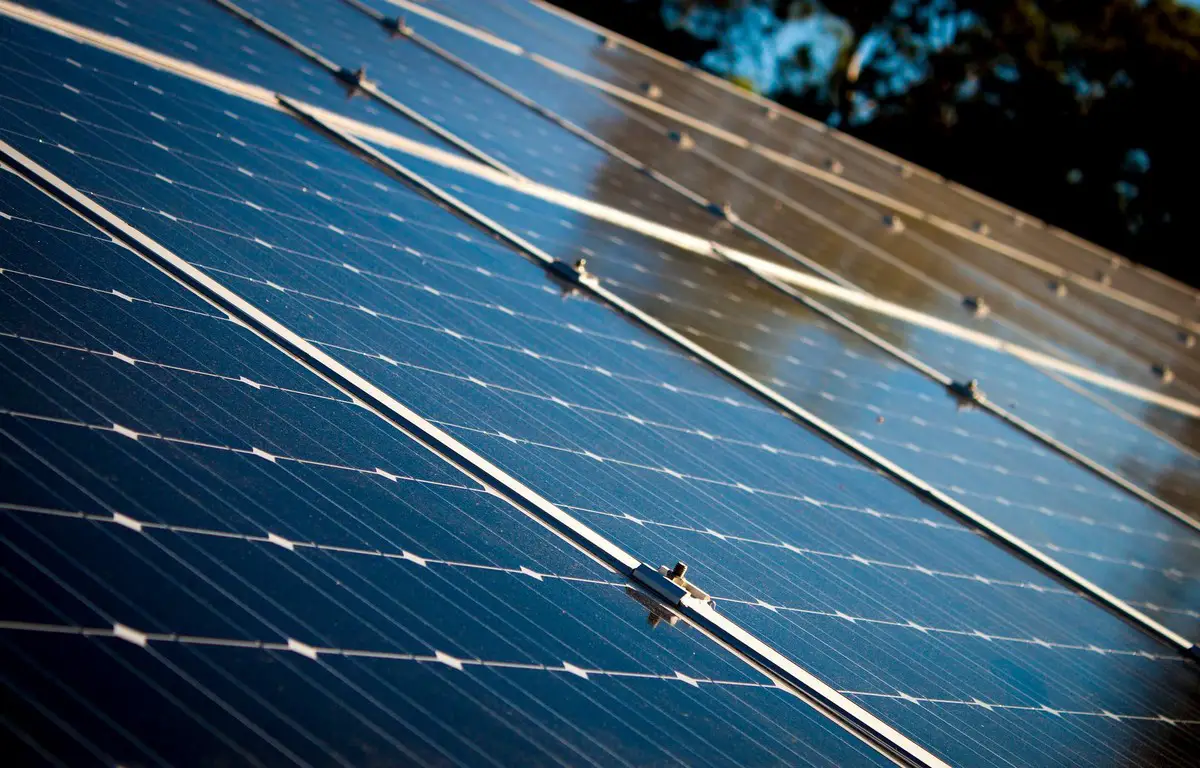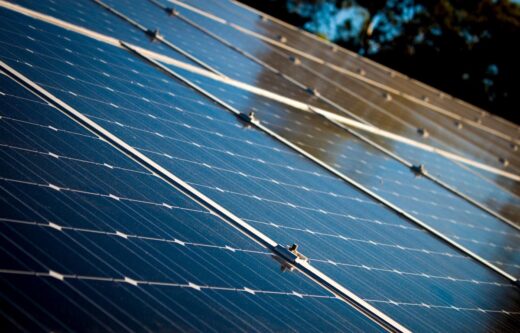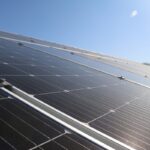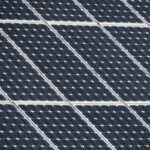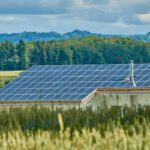Architects getting more involved in solar power design guide, Home power benefits, Building electricity panels advice
Architects Getting More Involved In Solar Power Design
21 June 2022
Solar panels are built for function. They are energy convertors and serve to make life easier and cheaper for homeowners. But the days of big, blocky eyesores are behind us. Modern solar panels are sleeker, more compact, and more powerful. They last longer and are more of a consideration in the house buying process.
Architects Getting More Involved In Solar Power Design Guide
With that in mind, architects are investing more time and money into building new homes with solar panels fitted. It’s known as solar architecture, and whether you’re working with the best solar Installation company in your area or doing the work yourself, it should always be considered.
Here’s a few things you need to know about solar architecture.
Solar Architecture is Not the Standard
The US coal industry is huge, and it’s trying its best to stay that way. It might seem like a print newspaper in a world of online media, and perhaps it will go the same way, but it currently has the support of many governors and industry leaders.
It’s not that they don’t understand the benefits of solar power, and while some have rejected global warming, many are happy to acknowledge that it’s a threat. The problem is that the coal, oil, and gas industries are huge and many people fear that solar power will disrupt those industries and take away money and jobs.
It’s a hard habit to shift, but it’s one that could start with solar architecture.
By integrating solar power into building designs, architects can ensure that they are built in the best and most efficient way possible. It saves the homeowner needing to add them at a later date and could even save them money in the long run.
But solar power isn’t cheap. Those panels are expensive, and most builders are looking for the cheapest route from A to Z, so they are often deterred by this cost.
Architects are increasingly looking to solar power as an option, but the vast majority of builders have yet to adopt it due to its cost.
Form Should Follow Function
One of the key concepts of solar architecture is that form should follow function. After all, solar panels are not there to look pretty. They serve a purpose, and they need to be used in the best way possible to maximize efficiency.
Solar panels are also huge slabs and they can weigh heavily on the roof. The goal of solar architecture, therefore, is to create a roof that is built around the panels, as opposed to focusing on the roof first and then adding the panels as an afterthought.
Ideally, solar panels should be designed to maximize sun exposure, following the arc of the sun to soak up all of its power.
Celebrating the Materials
The use of building materials can really help to bring solar panels to life. On a standard brick or wooden house, those glossy surfaces and complex wiring look out of place. It’s hard to create something that doesn’t look like an eyesore.
But if the house makes use of cold and modern materials, including glass and marble, they will blend in seamlessly. It’s the difference between placing a 60 inch OLED television in an open-plan, glass-structured modern home as opposed to a 18th century lodge complete with fur rugs, wooden furniture, and hunting trophies. The former looks like it belongs; the latter looks out of place and distracts from everything else.
We’re already seeing this happening in many modern house builds. The problem is that these materials aren’t cheap and they can also be hard to maintain.
Solar Panels Can Be Hidden
If solar panels are the complete antithesis of the design that an architect is aiming for, but they are still required, they can be hidden. We have seen similar designs in Tesla’s solar rooftops. They look modern, sleek, and stylish, but they don’t scream “we are solar panels”.
On their own, there’s nothing wrong with a few solar panels, but the way that they have been used—plonked on top of rooftops with no consideration for form—means they have a reputation for being ugly. If that’s the image you have in your head when you think about solar panels, then finding a way to hide them could be the best solution.
Will Solar Architecture Become the Norm?
As things stand, solar power is an expensive consideration for builders. It’s something that a small percentage can consider for their homes and something we’ll likely see in many affluent neighborhoods, but it has yet to become viable for working class or middle class families.
For that to happen, solar panels will need to get a lot cheaper, or fossil fuels will need to be a lot more expensive. Both of those things are happening as we speak, though, so it will surely be a matter of time before architects consider how to use solar panels just as much as they consider the living spaces, yard, and other key aspects of the house.
Comments on this guide to Architects getting more involved in solar power design article are welcome.
Solar Panels Articles
Solar Panels Posts
5 mistakes to avoid with a commercial solar package
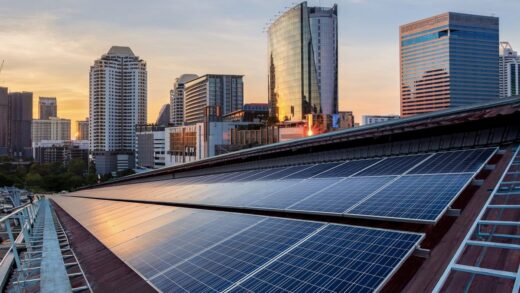
DIY Solar System: how to install solar panels
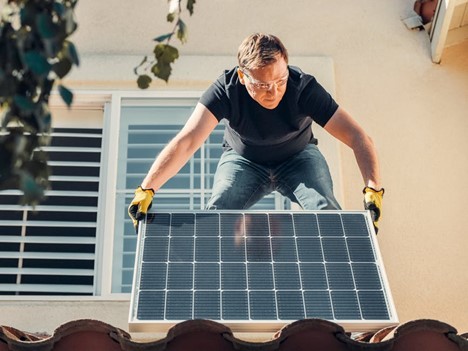
Before Installing Solar Panels
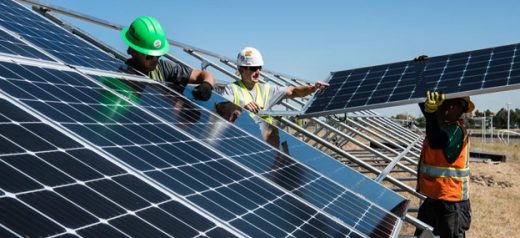
The Complete Homeowner’s Guide To Solar Power
Building
Residential Architecture Articles
Comments / photos for the Architects getting more involved in solar power design advice page welcome

